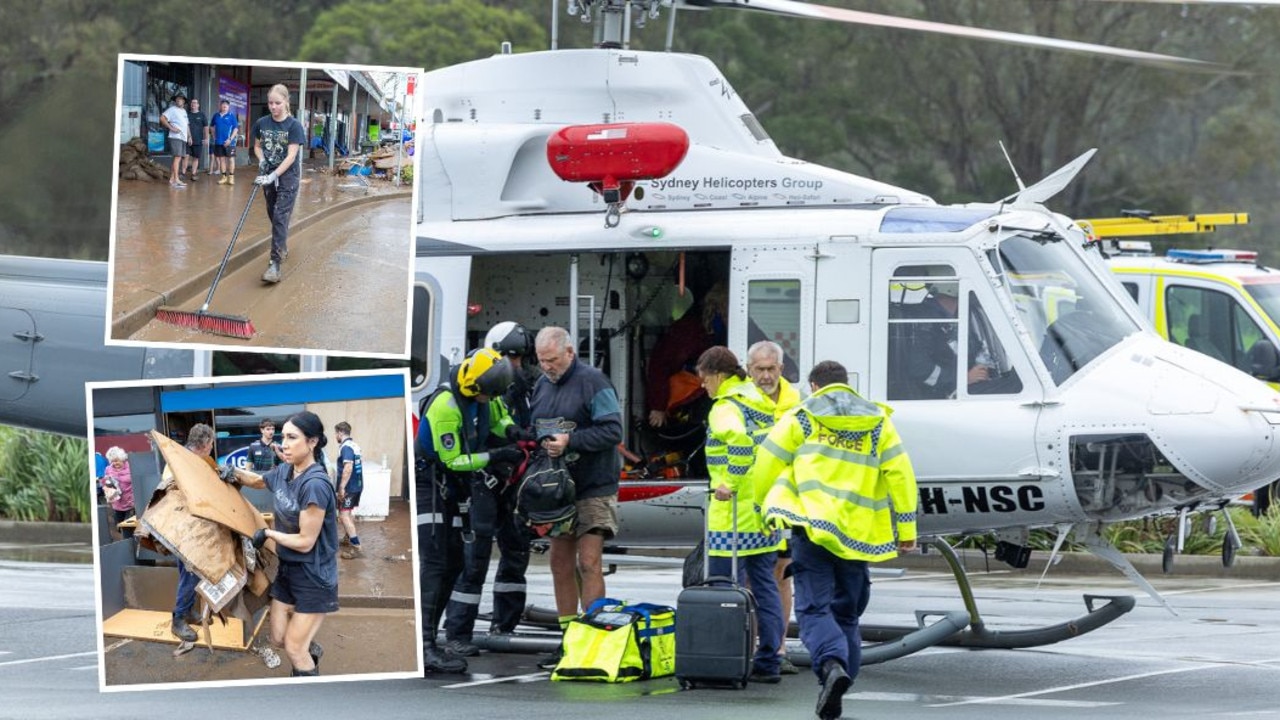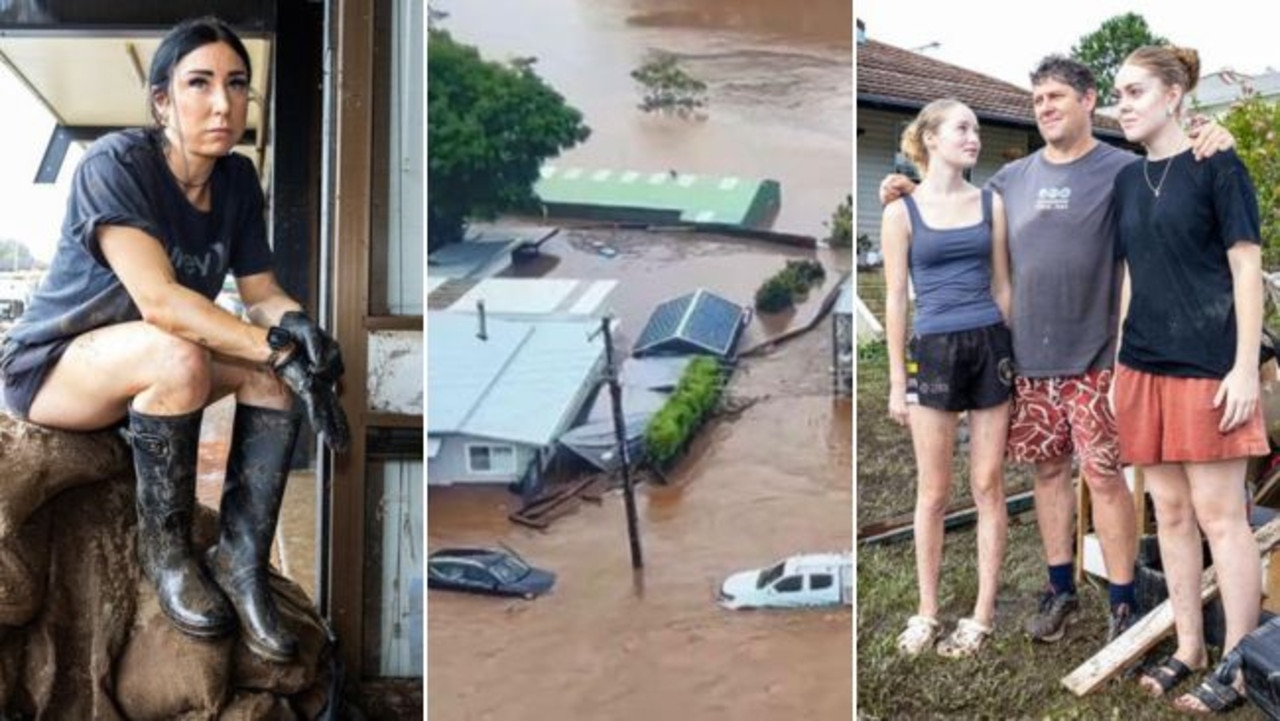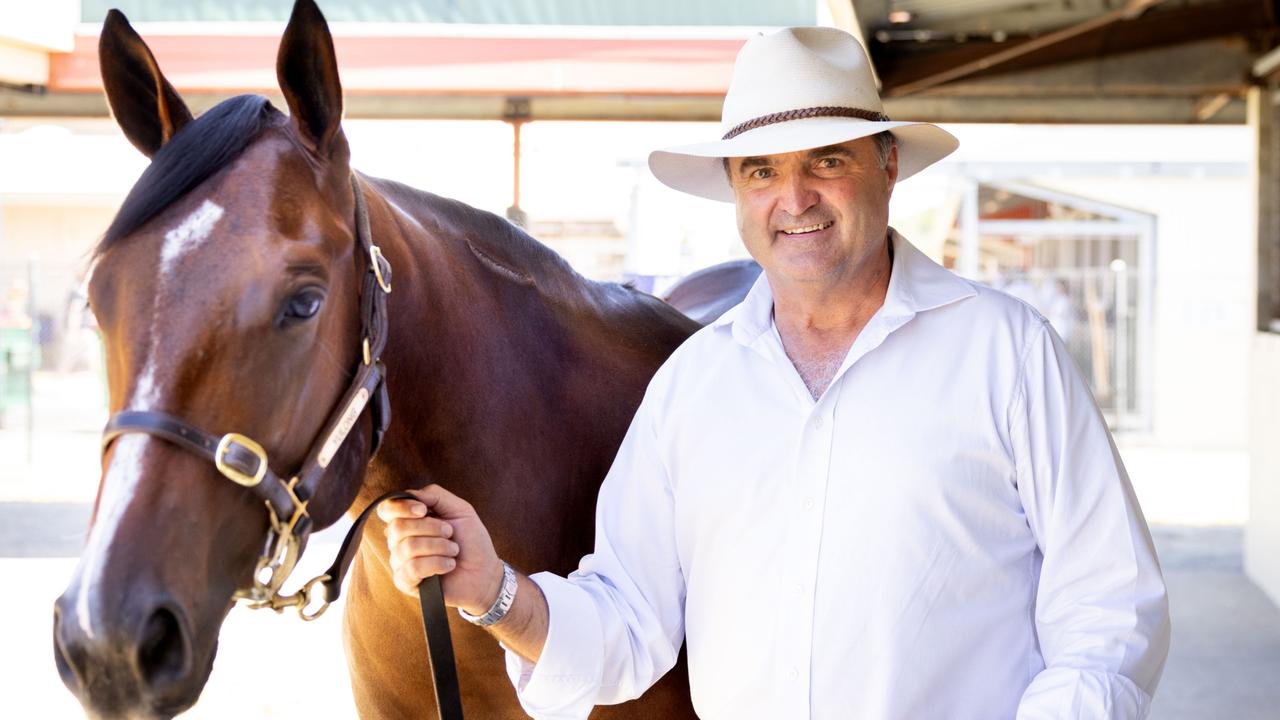Two sailors dead as tragedy strikes Sydney to Hobart race
Two experienced sailors died of head injuries in separate incidents during the Sydney to Hobart race. Police are now working to figure out how the tragedies occurred.
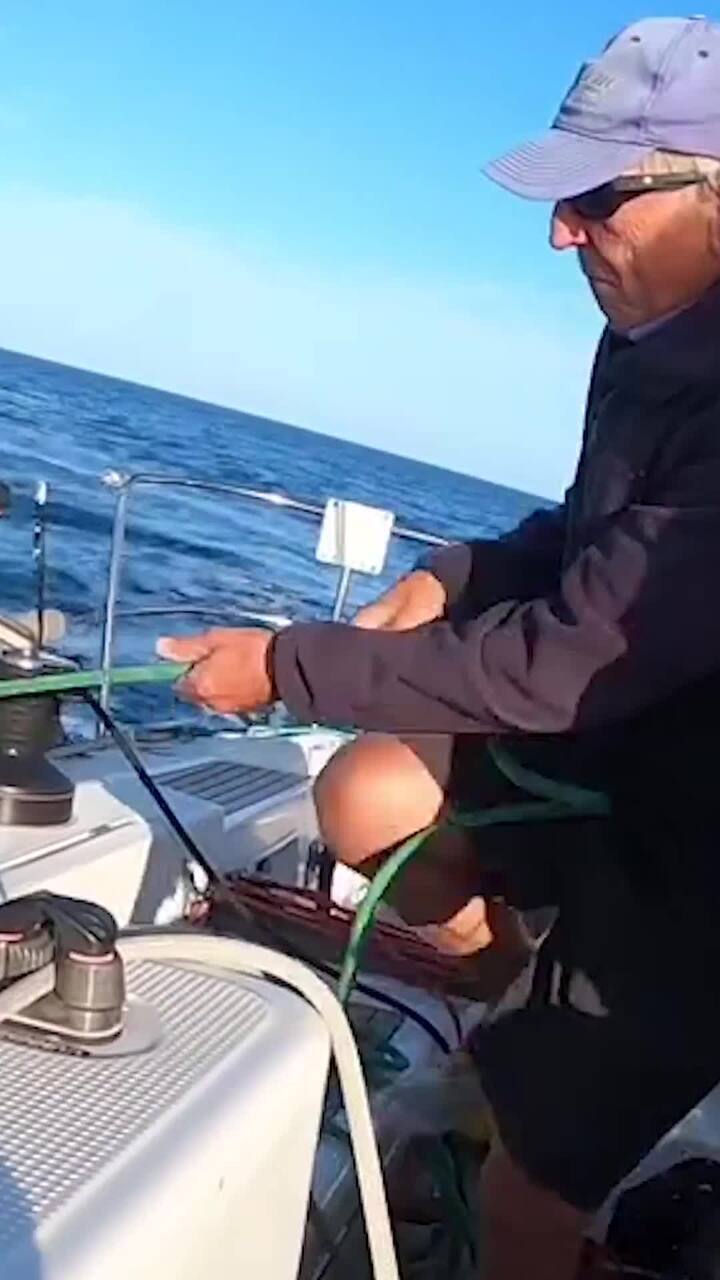
NSW
Don't miss out on the headlines from NSW. Followed categories will be added to My News.
Two experienced sailors died of heading injuries during the prestigious Sydney to Hobart race on Thursday night and Friday morning, with their two yachts now crime scenes as police work to figure out how the tragedies occurred.
Police originally belived both men were hit in the head by booms, but a senior yachting source contradicted that on Friday night.
CYCA vice commodore David Jacobs said new information has come to hand relating to the accident aboard Bowline which claimed the life of sailor Nick Smith.
“We thought he had been hit by the boom but we have now learned that wasn’t the case,’’ Mr Jacobs said.
“He was hit by the mainsheet and it threw him across the boat and unfortunately he hit his head on the winch and that’s what killed him.’’
The two men on different boats, the Flying Fish Arctos and Bowline, died just hours apart in pitch black waters off the NSW south coast, as they changed sails.
Roy Quaden, 55, had travelled from Western Australia for the event, having been a keen sailor for the better part of two decades.
Mr Quaden was working the role of navigator on the Flying Fish Arctos, and it was his job to keep the yacht on track, and guide the crew down the east coast.
The Flying Fish is a fixture of the Boxing Day race, having successfully completed 17 Sydney to Hobart races.
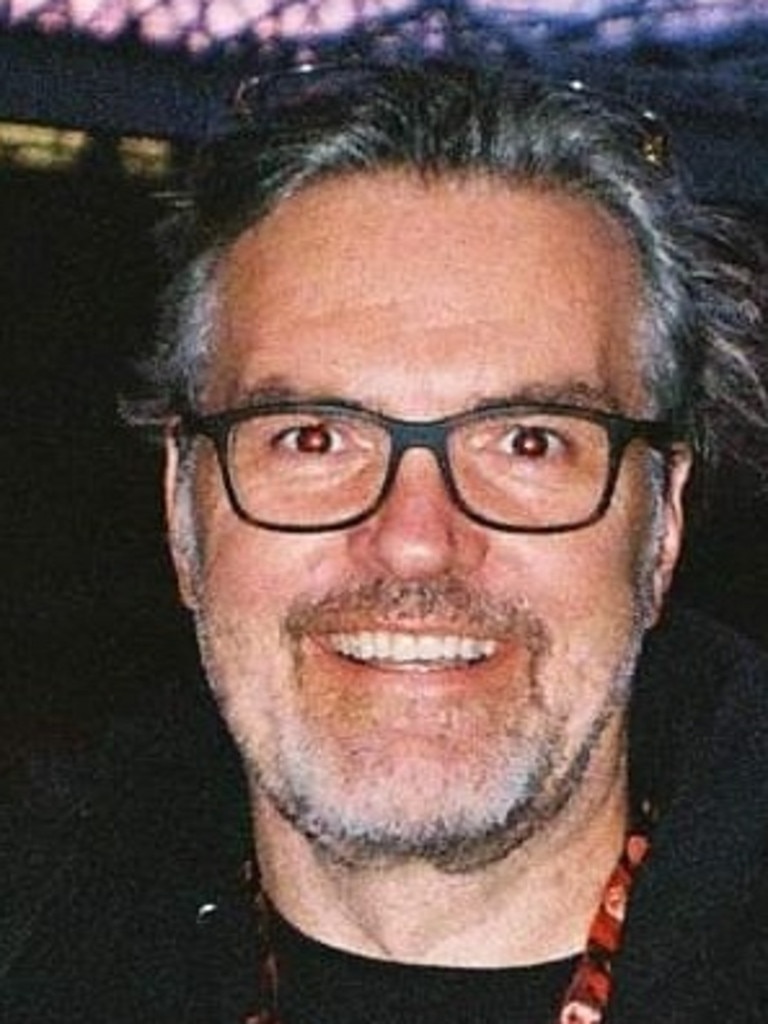

This year’s crew included a number of veterans from previous years, as well as an international crew of trainees competing in the race as a personal challenge.
But just before midnight, as the crew worked to change the sail, it swung out and hit Mr Quaden in the head, causing significant injuries.
“Early investigations (suggest) that those vessels may have been changing sails at the time, so they weren’t actually sailing with the wind,” Marine Area Command Superintendent Joe McNulty said.
“That creates a whole different set of circumstances … so that may have contributed to the deaths.”
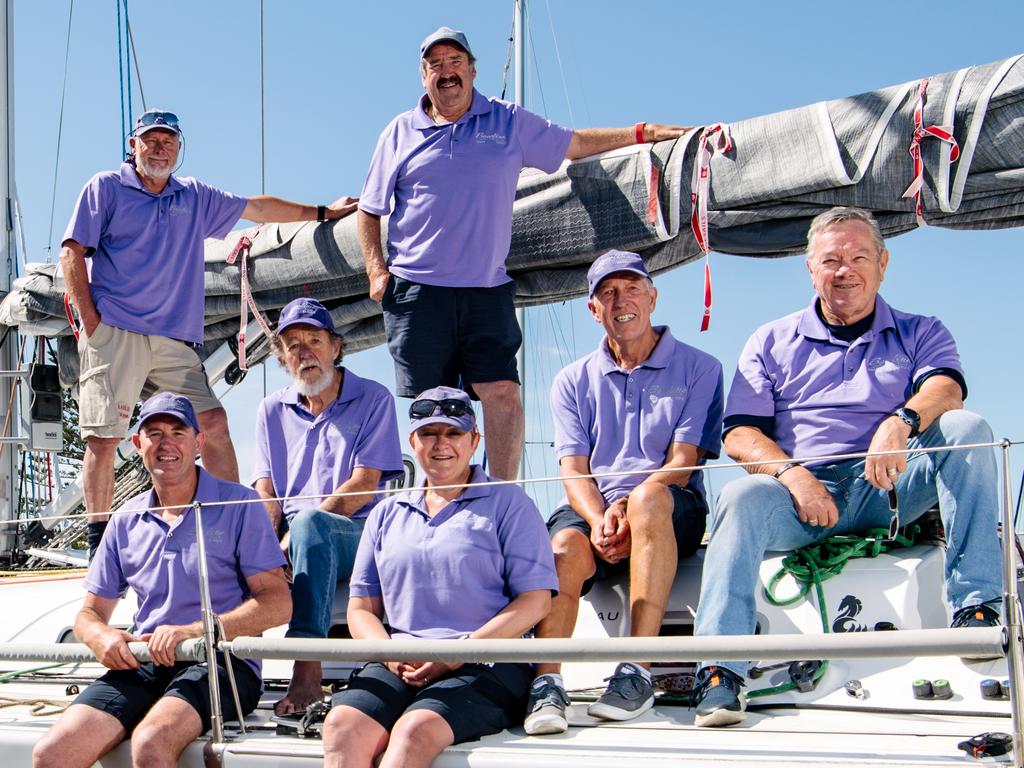
His crew mates attempted CPR and immediately notified police, who rushed by boat to their aid from Port Kembla.
With their dead mate on board, the crew was forced to sail for another eight hours back to Jervis Bay, where they were towed into the HMAS Creswell Naval Base.
It was the first death in the Sydney Hobart since six men lost their lives at sea in the stormy 1998 race.
But a second death occurred just hours after about 30 nautical miles off Ulladulla, this time on-board South Australian entry Bowline.

Crew member Nick Smith made the voyage from South Australia to the Sydney start line with his crew mates this week, ready to compete in his fifth round of the race.
But just before 3am, the sail boom hit him in the head, causing serious injuries and knocking him unconscious.
His crew mates attempted CPR but could not revive Mr Smith.
Mr Smith was a member of the Royal South Australian Yacht Squadron, and had been since 2013.
In a statement, the sailing club said they were devastated by his death.
“On behalf of the Commodore, Flag Officer, Management Committee, members and staff we extend our condolences to Nick’s family, friends and the crew of Bowline at this tragic time,” they said.
“We express our sympathy to Bowline Skipper – Immediate Past Commodore Ian Roberts – and further extend our sympathy to Flying Fish Arctos and their crew.
“The Squadron will endeavour to provide counselling to the Bowline crew and any Squadron members in this difficult time.”
Police met Bowline the crew off Snapper Rocks near Batemans Bay this morning, and escorted the crew to land via police boat Nemesis.
Supt McNulty said while the conditions were “challenging”, they were not dangerous, and the race was safe to proceed.
He said the incidents were a “tragic accident” and that Mr Quaden and Mr Smith’s crew mates were devastated.
“Both those crews are doing it pretty tough at the moment … They are shaken up from what they’ve seen and what they’ve had to do,” he said.
“They provided CPR to their crew members through the night while they waited for police to attend. And they didn’t give up.
“They kept going until it was obvious those two men had lost their lives.”
Police investigation
Both men killed in separate incidents during the Sydney to Hobart yacht race were struck in the head by the sail booms, police have revealed.
The first tragedy occurred on-board the Flying Fish Arctos just before midnight, when it is believed the crew was changing a sail.
NSW Police Marine Area Command’s Joe McNulty said the sails were “moving violently through the night” when the boom swung and struck a 55-year-old man from Western Australia in the back of the head.
“The boom is part of the vessel that attaches the sail to the mast,” he said.
“It was moving violently through the night with challenging sea conditions, and a crew member suffered a significant head injury.”

Police were immediately deployed to assist the crew on board the vessel, and it was escorted to the HMAS Creswell naval base off Jervis Bay this morning.
The second incident occurred about 3.30am on the South Australian yacht Bowline.
Superintendent McNulty said a 65-year-old crew member died in very similar circumstances to the earlier incident, when he was also struck in the head by the boom.
“The crews did a substantial job of trying to keep that crew member alive, but their efforts were unfortunately met with the death of that person.”

A second member of the Bowline crew was also injured, suffering a shoulder injury.
Police met the crew off Snapper Rocks near Batemans Bay this morning, and escorted the crew to land via police boat Nemesis.
Supt McNulty said while the conditions were “challenging”, they were not dangerous, and the race was safe to proceed.
“It was a dark, stormy night with very challenging conditions,” Supt McNulty said.
“Early investigations (suggest) that those vessels may have been changing sails at the time, so they weren’t actually sailing with the wind.
“That creates a whole different set of circumstances … so that may have contributed to the deaths.”
Crews come ashore
Sydney to Hobart racing yacht Bowline has arrived in Batemans Bay after a crew member was killed when they were hit by a boom in the early hours of Friday morning.
The deceased crew member was one of two sailors who died in separate incidents on a tragic first night of the Sydney to Hobart, after they were both hit by sail booms.
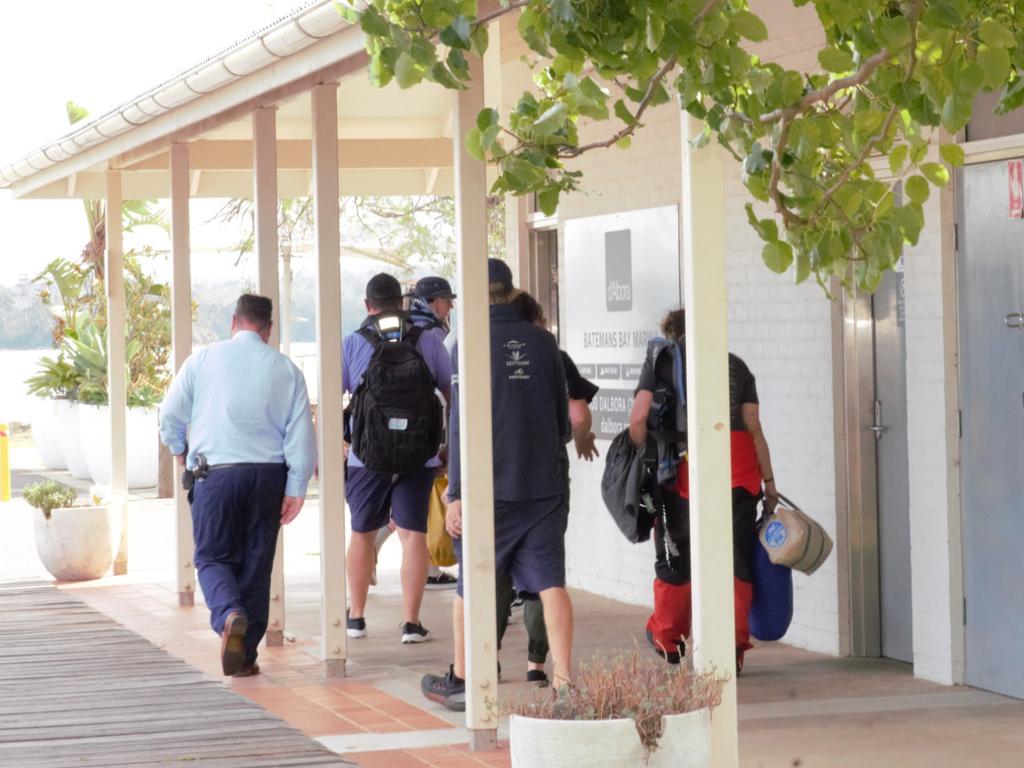

The Bowline’s crew were met by NSW Police off the coast of Batemans Bay and taken to the town’s marina on the police vessel Nemesis, while the yacht was moored near offshore islands.
One crew member was seen wearing a sling as he was loaded into a waiting ambulance.
The remaining crew members walked along the marina with their heads down, visibly devastated by the death of their mate.
Dressed in matching crew shirts, they were still wearing their life vests and safety gear.
Earlier on Friday morning, the Flying Fish Arctos — on which the second deceased sailor was on — was towed into Jervis Bay navy facility of HMAS Creswell.
Its crew were met there by police and paramedics.
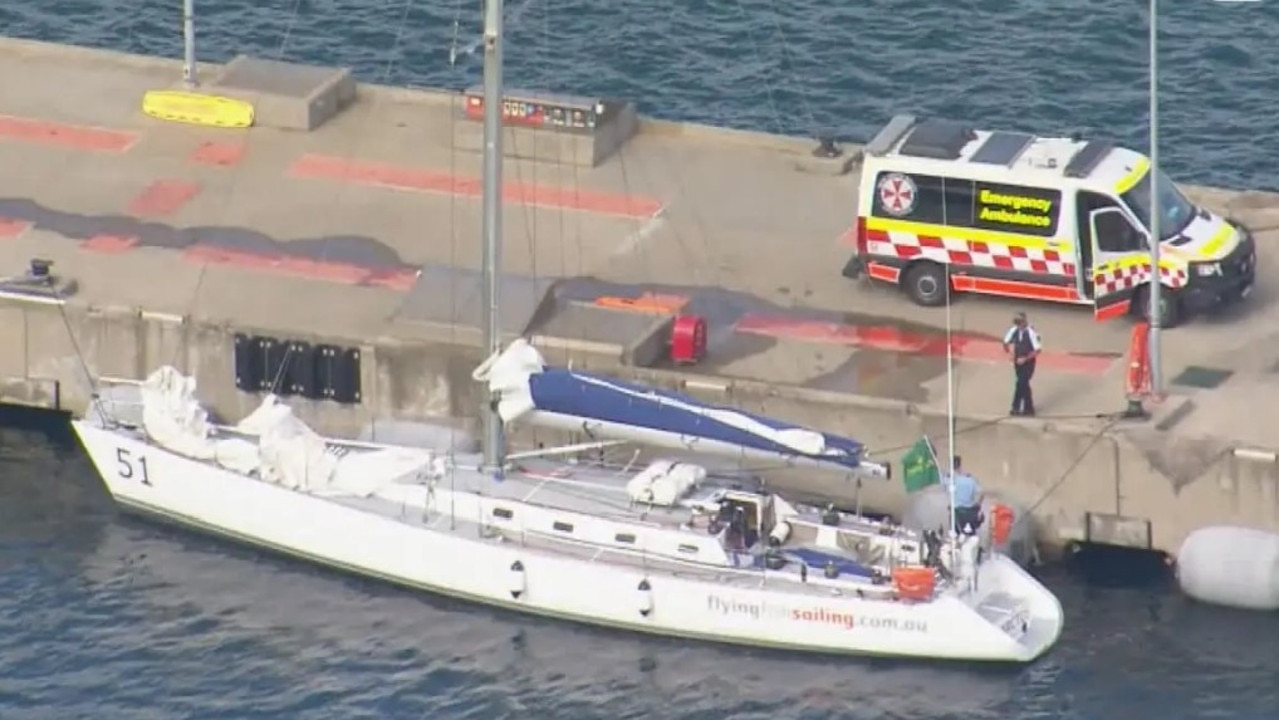
Waking up to tragedy
This morning, NSW Police Marine Area Command were advised both crew members were hit by the boom on boats Flying Fish Arctos (NSW) and Bowline (SA), as the fleet sailed down the NSW coast.
These are the first deaths in the Sydney Hobart since six men lost their lives at sea in the stormy 1998 race.
Prime Minister Albanese issued a statement on Friday morning, saying “We have sadly awoken to tragedy in the Sydney to Hobart with the awful news two sailors have lost their lives”.
“Our thoughts are with the crews, their families and loved ones at this deeply sad time,” he said.
Flying Fish Arctos was sailing approximately 30 nautical miles east/southeast of Ulladulla when the incident occurred around 11.50pm.
Fellow crew members performed CPR after their mate was hit but were unable to revive them.
According to NSW Police, the yacht has altered course to Jervis Bay.
Bowline was approximately 30nm east/northeast of Batemans Bay when the crew member was hit around 2.15am. Crew members administered CPR, however it was unsuccessful.
Man overboard
Another major race drama also unfolded later when sailor Luke Watkins fell overboard from the Tasmanian entry Porco Rosso, owned by Paul McCartney.
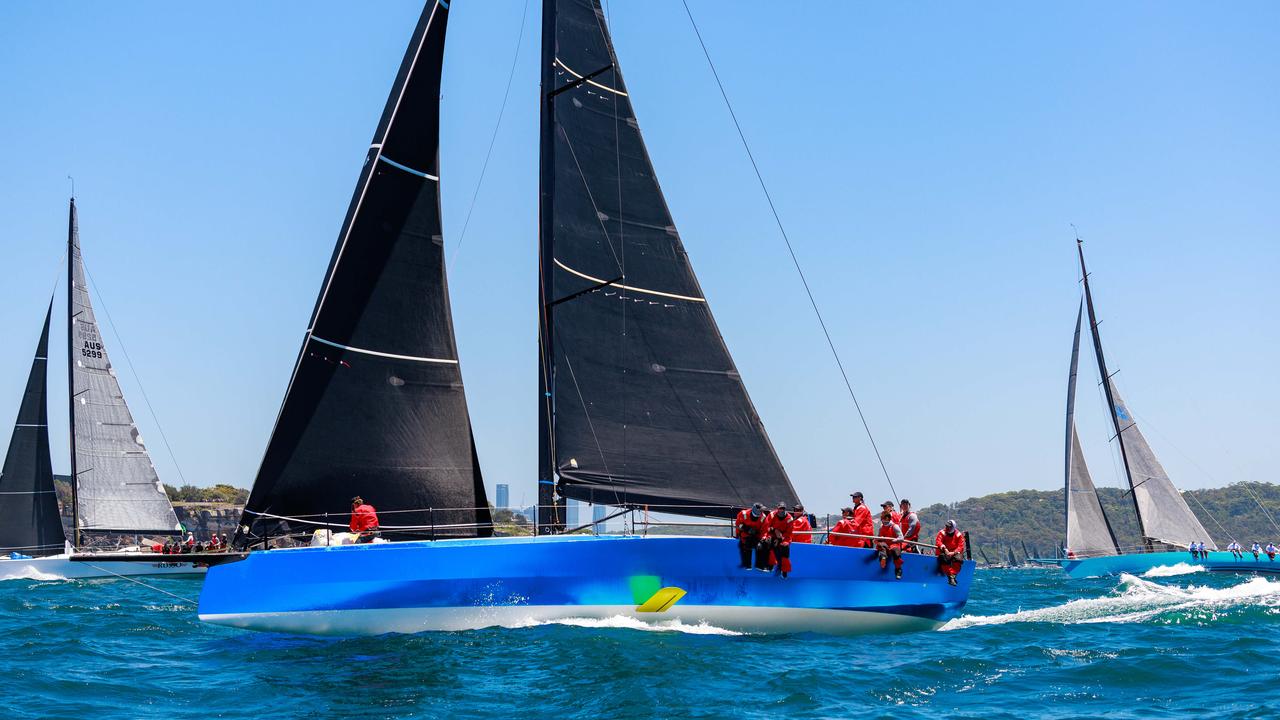
He was immediately retrieved and brought back on board without incident, but the yacht retired from the race.
At midday Friday, NSW Police said Mr Williams was healthy, well and on his way back to Hobart.
Conditions at sea
Wild Thing skipper Grant Wharington said conditions at sea on Friday morning were “revolting”.
The Hobart veteran said the ocean was “sharp and nasty and it was very rough”.
“It really is horrible,” he said.
“We’ve had to slow things down. We just need to get there in one piece.”
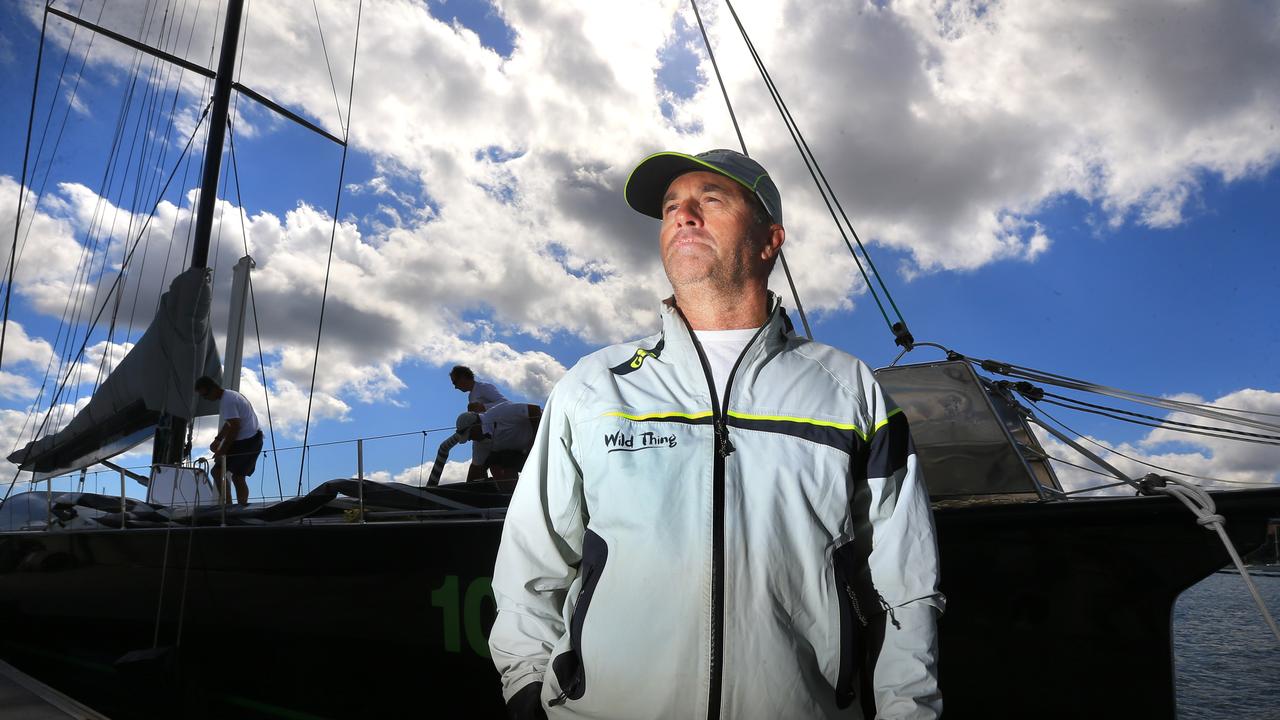
While the list of retirements continues to swell there were still more than 80 yachts still racing to Hobart.
A fleet of 104 yachts started the Sydney to Hobart under blue skies at 1pm on Boxing Day.
By late afternoon they were romping down the NSW coast at high-speed with the front runners well in front of record pace.
Then, in one of the most destructive – and expensive – nights in Sydney to Hobart history, wild winds and torrid conditions ripped the famous race apart, causing widespread damage and ending the race hopes of numerous favourites.
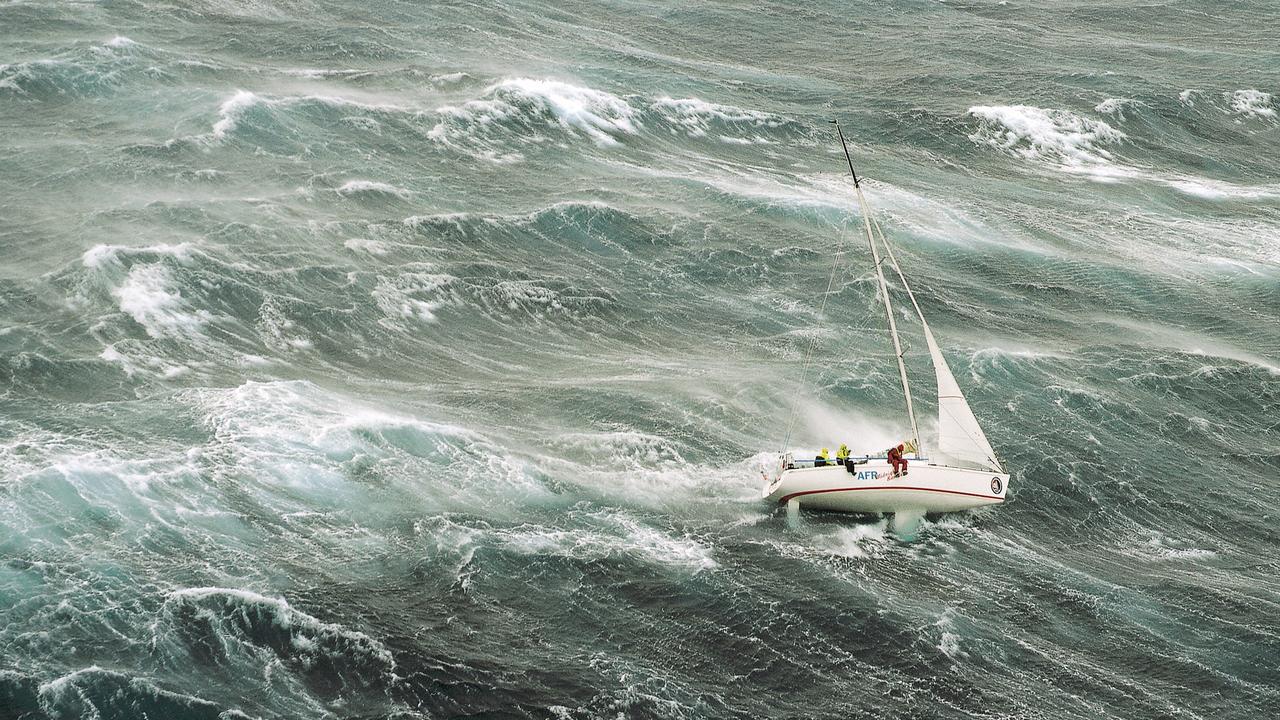
A number of yachts were dismasted and the race leader and line honours favourite Master Lock Comanche was forced to retire when her giant mainsail ripped.
In 1998 a Bass Strait bomb in the form of a deep depression struck the race.
Treacherous conditions sparked mass search and rescue missions, numerous yachts sank and multiple crews were rescued.
Six tragically lost their lives in one of Australia’s worst sporting disasters.
Originally published as Two sailors dead as tragedy strikes Sydney to Hobart race


